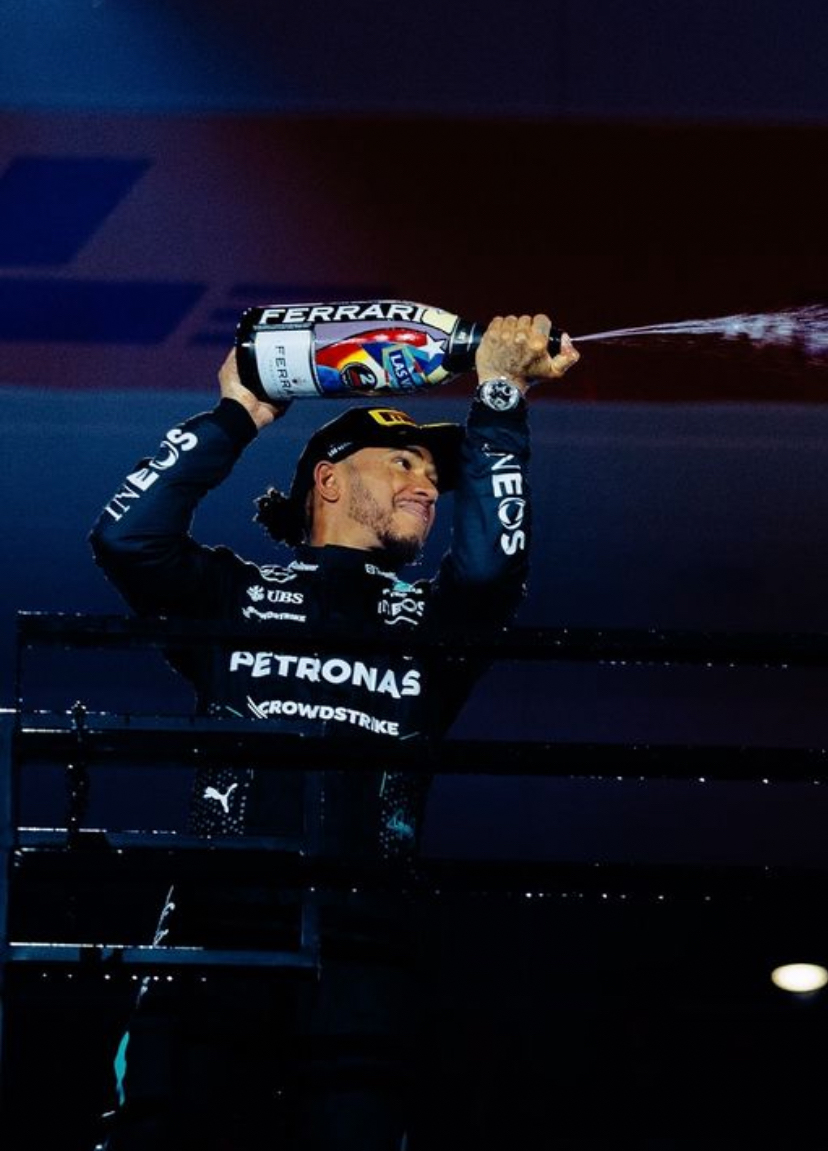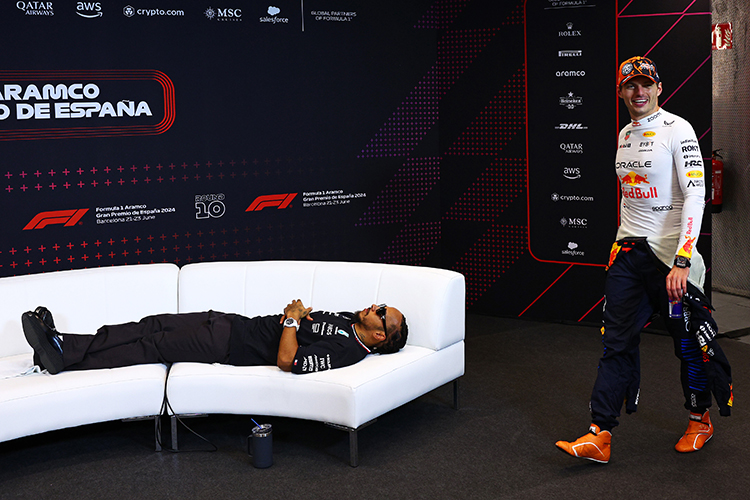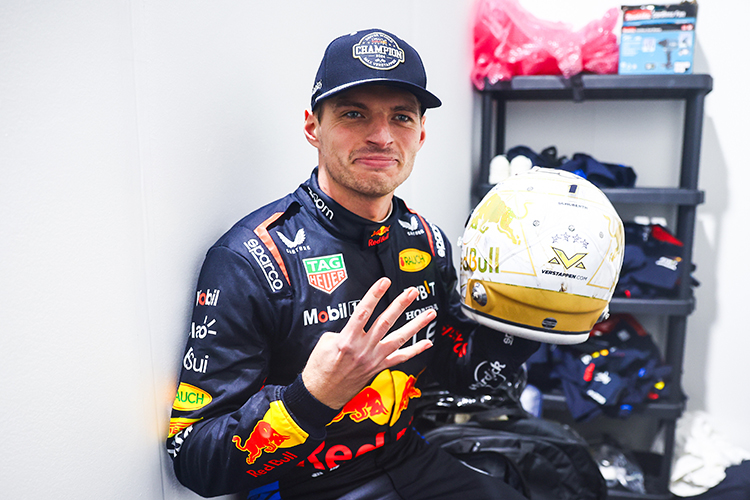The Role of Slipstreaming in Formula 1 Qualifying

Formula 1 World Champions: A legacy of racing legends
What is the role of slipstreaming in Formula 1 qualifying?
Discover how slipstreaming influences Formula 1 qualifying. Learn about its benefits, challenges, and iconic moments in F1 history.
In Formula 1, every millisecond counts, and drivers are constantly seeking any advantage to gain an edge over their rivals. One of the most effective yet challenging techniques in qualifying is slipstreaming. When executed perfectly, slipstreaming can shave precious tenths of a second off a driver’s lap time—a margin often separating the front row from the midfield. But what exactly is slipstreaming, and how is it used in the high-stakes world of F1 qualifying?
What is Slipstreaming?
Slipstreaming, also known as drafting, occurs when a car follows closely behind another. As the lead car cuts through the air, it creates a low-pressure zone behind it, reducing air resistance (drag) for the car following. The result? The trailing car benefits from increased straight-line speed, potentially gaining a significant time advantage down a long straight.
How Slipstreaming Impacts Qualifying
1. Gaining Straight-Line Speed
The most obvious benefit of slipstreaming is the boost in straight-line speed. By positioning their car in the slipstream of another, a driver can achieve higher top speeds without expending extra engine power, gaining valuable time before the next braking zone.
2. Improved Lap Times
In circuits with long straights, such as Monza or Baku, slipstreaming can make a difference of 0.2 to 0.5 seconds per lap. This advantage can be critical in the tightly packed field of F1 qualifying.
3. Team Strategies
Slipstreaming is often a deliberate team strategy. At tracks where the effect is particularly strong, teammates may coordinate their runs, with one driver sacrificing their lap to provide a slipstream for the other. This strategy is especially common at power-sensitive circuits, where drag reduction can offer a significant advantage.
The Challenges of Slipstreaming in Qualifying
1. Timing and Positioning
Slipstreaming requires precise timing and positioning. If the trailing car gets too close, it risks being disrupted by turbulent air, particularly in corners, where downforce is crucial. Conversely, staying too far back reduces the effectiveness of the slipstream.
2. Traffic and Clean Air
Qualifying sessions are crowded, with multiple drivers on track at once. Finding the perfect position to benefit from a slipstream while avoiding traffic is a delicate balancing act. Misjudging this can lead to compromised lap times or even aborted runs.
3. Impact on the Lead Car
The car providing the slipstream often sacrifices its own lap time. For this reason, teams must carefully decide which driver gets priority during qualifying. This dynamic can lead to tension, especially between competitive teammates.
4. The Risk of Overdependence
Relying too heavily on a slipstream can backfire if the leading car makes a mistake or abandons their lap. Drivers need to be prepared to adapt their strategy at a moment’s notice.
Iconic Slipstreaming Moments in Qualifying
Monza Chaos, 2019
At the Italian Grand Prix, almost every driver in Q3 tried to capitalize on a slipstream down Monza’s long straights. The result was chaos, with drivers slowing to a crawl and jostling for position. Ultimately, most of them failed to cross the line in time for their final flying laps, highlighting the fine line between strategic genius and disaster.
Red Bull’s Slipstream Strategy, 2021
At circuits like Baku, Red Bull strategically used Sergio Pérez to give Max Verstappen a slipstream, helping Verstappen secure a front-row start.
The Role of Slipstreaming in the Modern Era
While slipstreaming remains a potent tool, its impact has evolved with modern F1 cars. Aerodynamic changes and more turbulent air from the ground-effect design introduced in 2022 have made it harder to follow closely. Nevertheless, slipstreaming remains a critical consideration, particularly at high-speed circuits.
Conclusion
Slipstreaming in Formula 1 qualifying is as much an art as it is a science. When executed perfectly, it can deliver a decisive advantage, but it requires meticulous planning, teamwork, and driver skill. Whether it’s orchestrated by a team or opportunistically exploited on track, the slipstream continues to be a fascinating element of F1’s relentless pursuit of speed.
Up Next


